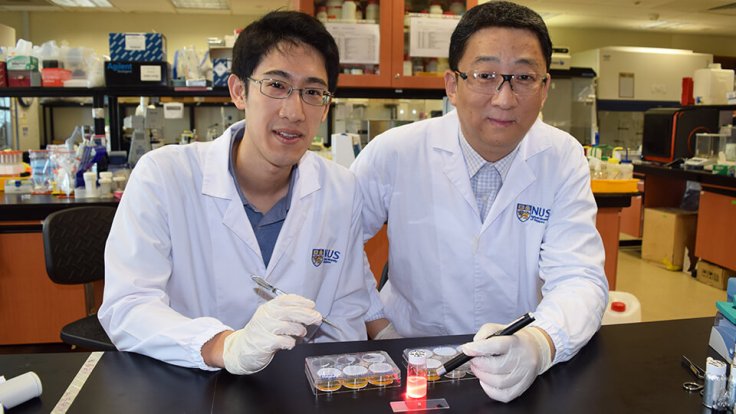
Chemical compounds identified in the 1940s but discarded for having weak antibiotic properties could now be used for developing new antibiotics against drug-resistant infections, researchers say.
During the mid-20th century, many different chemical compounds with antibacterial properties were examined, but only a small proportion were selected for development into drugs.
With modern-day diseases becoming increasingly resistant to existing drugs, scientists are now re-examining these old compounds to test more precisely whether they could hold the key to a future drug.
"A major challenge in tackling the problem of antibiotic resistance is to discover new drugs. Our study shows that potentially useful drug candidates can be 'discovered' from amongst the antibiotics we already know about," said Alex O'Neill, from the Antimicrobial Research Centre at the Leeds University in Britain.
"Amongst the 3,000 or so antibiotics discovered to date, only a handful have been brought into clinical use. Our findings underscore the importance of revisiting unexploited antibiotics as a potential source of new antibiotic drug candidates," he said.
O'Neill's team is working on a family of compounds -- known as the actinorhodins -- originally identified in 1940s as having weak antibiotic properties, but not taken forward for development into a drug.
However, at that time scientists did not fully differentiate the individual compounds within the family when they examined them, leading to a less than precise picture of their properties, O'Neill said, in a paper published in the journal Scientific Reports.
Another experiment led by Michael Webb from the varisty's School of Chemistry focuses on a compound, called pentyl pantothenamide, first assessed in the 1970s.
Then, it was found to be able to stop the growth of E.coli but not completely kill the bacteria, so it was never taken into clinical use.
But Webb has now proven that it is driven by Vitamin B5, which is used to metabolise energy.
"We now believe a comprehensive re-evaluation of such compounds is worthwhile, potentially offering new ways to protect against infections," O'Neill noted.
Source: IANS









